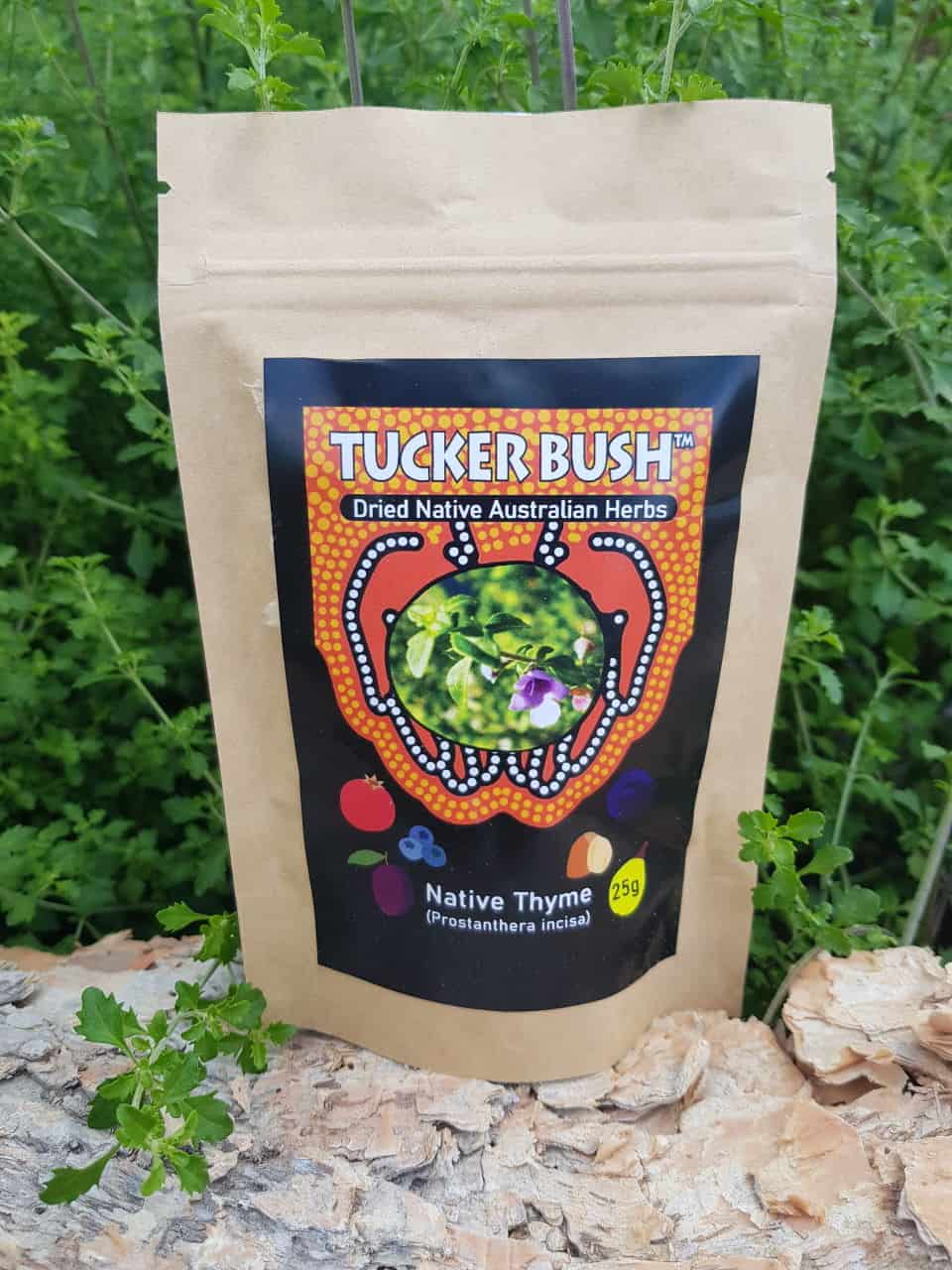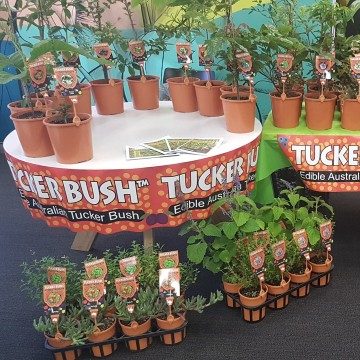Easter’s a great time for Chocolate…….Lily!
Meet the Chocolate Lily (Arthropodium strictum), a deliciously scented native tuber known as “Dirramaay” in the Wiradjuri language.
It’s juicy, and slightly sweet tubers can be enjoyed raw or roasted, and are best enjoyed in their youth, as they become bitter with age. At just 4 centimetres in length, these edible roots would be considered snack size, though you could easily make a meal of them after a plentiful harvest.
The flowers are edible too. Pink, star-shaped and strongly fragrant, you can add them to salads or use them as a decorative topping for baked treats and other desserts.
Best of all, this bushfood’s growing season is finally underway. Following a brief late-Summer dormancy, Chocolate Lilies across the country will now be producing new shoots as we move into our colder months. The best time to plant was a little over a month ago — the second best time is now.
To give your Chocolate Lily a good start, plant it in rich and loamy soil in full sun or part shade. Make sure your garden bed (or container — yes, you can plant in containers too) is at least 20cm deep so there’s room for the tubers to develop.
Chocolate Lily tips for your backyard micro-forest
Above ground, Chocolate Lily presents as a grass, and is native to grassland and forest regions across many Australian states. We’d consider this part of the herb layer in your micro-food forest (aka. edible micro-forest), along with other native edible species like Warrigal Greens, Murnong Yam Daisy, and Red Back Ginger.
Tip: A mass planting of Chocolate Lily may just turn your garden into chocolate-scented heaven towards the end of Winter.
Exotic pairings for a balcony garden
Not ready for a micro-forest? Here are some of our favourite exotic pairings for styling your balcony garden instead.
Matching styles
- Lemongrass
- Rhoeo
- Garlic (ornamental or edible)
- Dracena
Complementing styles
- Syngonium (pink)
- Iresene (aka. Beefsteak Plant)
- Begonia
- Violets
- Lupins




